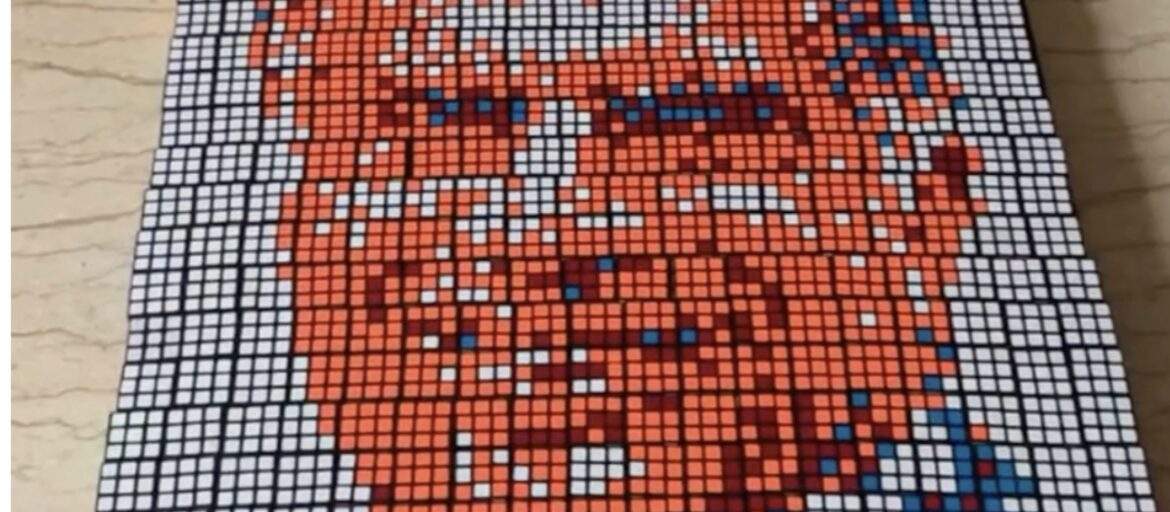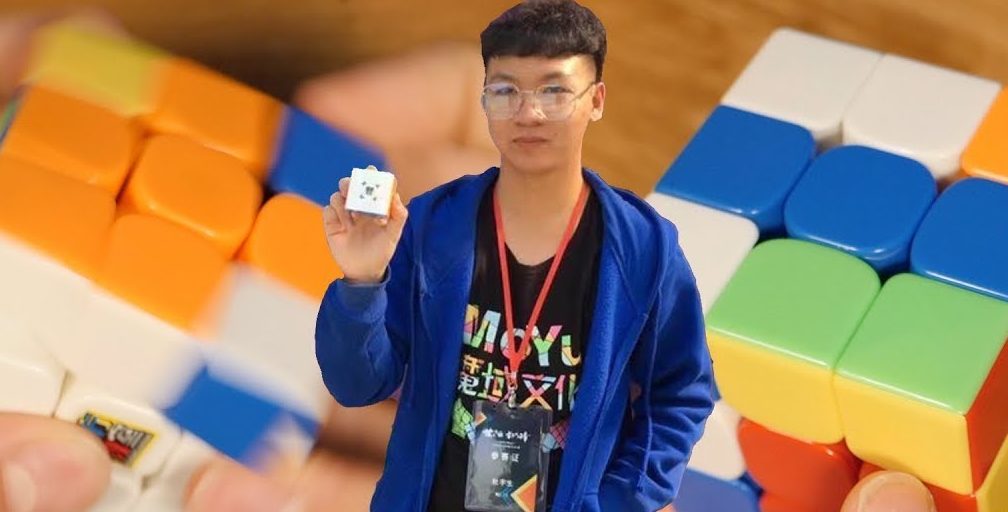Solving the Rubik’s cube is not a hard task once we have learned it. In reality, it becomes much more entertaining to solve it than the frustration when we didn’t know how to.
And this thrill that we get keeps us going for a bit, but soon we realize that a new problem arises; our solving speed. Did you know that Yusheng Du holds the world record for the fastest solve of the 3×3? He solved it in 3.47 seconds. That’s enough time to take a sip from a cup of tea; or coffee if you’re a coffee person.
But great timings such as those take years and years of practice. Expecting such improvements in a month is just being dreamy. Fortunately, there are many techniques that can help you considerably improve your speed.
Learn the advanced method
A lot of cubers start with the beginner’s method because of its simplicity. It’s a great system to learn your ways around a Rubik’s Cube and understand how to solve it. However, it is not going to be helpful if you want to improve your speed.
Once you know how to solve the cube with the basic method, you should move on and learn the advanced method for all the great tips and shortcuts it offers. These cases will dramatically increase your speed as well as help you understand the pieces of the Rubik’s Cube at a deeper level.
The different permutations and combinations will save you loads of time and make your solution much more straightforward, but nothing great comes easy. There will be many new algorithms, some easy, some confusing coming your way, and practice really is your best friend.
The different approach will also give you a choice and let you solve the cubes in may ways.
One second one day
The one second one day is a great technique we created here in Brian Studio. It’s quite simple,
- Every day, write down the time for your solve and find your fastest. This is your daily best.
- Subtract 1 second from this time, and this becomes your target for the next day. The next day, keep solving until your new fastest time is at least 1 second faster than yesterday. Sometimes you get a lucky solve and might finish more quickly. But it is always good practice to take more trials and be sure your timing has improved.
- Repeat this every day for 30 days. Ideally, you should be faster by at least 30 seconds. But more often, you will see a more significant improvement, especially if you used to take two to three minutes to solve.
If your present day’s best is faster by more than one second, that’s great! Then the next day’s target will become :
Next day target = present day’s best – 1 second.
This is a beneficial method that can keep you motivated and improve your speed in the long run.
Although I do have to warn you, as your speed gets closer to 30 to 45 seconds, it would be harder to notice an increase in speed by the seconds. At that point, you could switch to reducing half a second and use that as your target. Fifteen seconds improvement in a month would take you to the sub 20 level, which is when your solve is under 20 seconds and is a great thing to be proud of.
If you really want to show off, you have to practice until you are in the Sub 10 League. Then you can solve a cube by the time your friends can complete a simple dialogue about how you can’t solve it under 10 seconds and prove them wrong.
Multiple cubes at once.
It’s easy to solve a single cube — a few intense moments while you’re judging the positions and orientations; Then, a few more when you make your moves. Then rinse and repeat a couple of times and voila! You have a solved cube.
However, to improve your speed, you should be able to identify what algorithm to use next in a fraction of a second, with nothing but a glance at the colors. A large portion of the time to solve your cube gets wasted trying to decide what algorithm to use. Luckily, a simple solution exists.
Of course, you need to practice enough times to feed them to your muscle memory. Still, your execution of the algorithm is only as reliable as your ability to identify and recall the specific case pertaining to the algorithm. This is where multitasking would come in very handy.
There are two types of practice sessions. Solving many cubes and solving many cubes simultaneously. Let me explain.
Say you have five cubes, you first scramble all of them randomly and place them down. Then you start the timer; you can do one of two things.
The first method is to start with your leftmost cube and solve it, then take the one next to it and solve that, and so on until all your cubes are solved. Then you end the timer.
The second method is, in my opinion, the better one for memory recall and spontaneity. In this method, you start with the leftmost cube, solve only the first step, place it down, and proceed to the second cube. Then again, you solve only the first step and then proceed with the next cube. Once you’re done with the first step on all cubes, then go back to the first one and finish the second step. Then the second step on the second cube, the second step on the third cube, and so on.
So for every step you solve on the first cube, yo solve until the same stage on the other cubes as well. In the end, before your last algorithm, you will have five cubes, all solved until the final step, and one by one, you complete them all.
There are several benefits to both methods, but one significant advantage of the second method is that you learn how to pick up where you left off without thinking about it. When you do this enough number of times, you can get so good that you will remember where you left the first, second, third, and fourth cube while you’re solving the fifth one. Then proceed to increase the number of cubes.
Go wild! If you really want to, go for 15, 20, or even more cubes.
Cube maintenance
If you want to master the skill, you must be ready with the tools required to keep your instrument at it’s best. Find you how you can care for your cube and keep it in the optimum condition.





